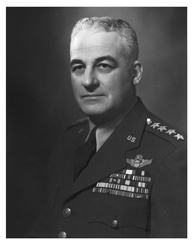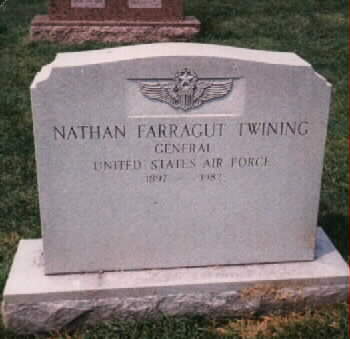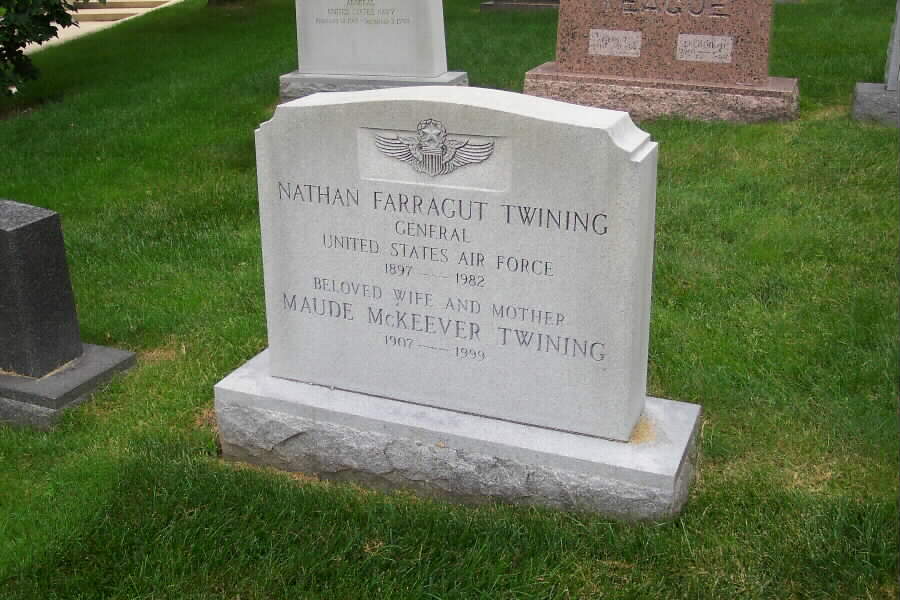Born on October 11, 1897 at Monroe, Wisconsin, he graduated from West Point in 1918.
He was Chief-of-Staff of the Army Air Forces in the South Pacific in 1942-43. In January 1943, he was forced down at sea and was adrift at sea for six days. He was promoted to Major General in 1943 and commanded the 13th Air Force and in July became commander, Air Forces, Southwest Pacific. In 1944-45, he was Commanding General of the 15th Air Force in Italy and of the Allied Strategic Air Forces in the Mediterranean. He ended World War II as commander of the 20th Air Force. In 1953-57 he served as Chief of Staff of the Air Force and from 1957 to 1960 as Chairman of the Joint Chiefs of Staff.
He died on March 29, 1982 and was buried in Section 30 of Arlington National Cemetery. A possible relative, Nathan Crook Twining, graduated from the United States Naval Academy in 1889 and retired on January 5, 1923 and a Rear Admiral in the Navy).
The General’s wife, Maude McKeever Twining, was buried next to her husband in November 1999.
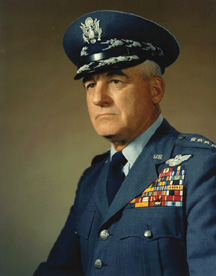
Courtesy of the United States Air Force
GENERAL NATHAN F. TWINING
Retired Sept. 30, 1960, Died March 29, 1982
General Nathan Farragut Twining was the chairman of the Joint Chiefs of Staff, Department of Defense, Washington, D.C. In this capacity, he serves as the senior military adviser to the president, the National Security Council and the secretary of defense.
The general was born in Monroe, Wisconsin, in 1897. He began his active service in June 1916, with Company H of the Third Oregon Infantry (National Guard) and served as a corporal on Mexican border duty until September. In March 1917, he was recalled to active duty as a sergeant in the same organization and was promoted to first sergeant the following month. In May 1917, he received an appointment through the Oregon National Guard and entered the United States Military Academy. He graduated in November 1918, as a second lieutenant of Infantry and remained assigned to the Academy as an officer cadet until June 1919.
In July 1919, he joined the American Forces in Germany as a military ground observer and toured Belgian, French and Italian battlefields. He entered the Infantry School at Fort Benning, Ga., in September 1919, graduated the following June, and was assigned to the 29th Infantry Regiment at Fort Benning. In February 1922, he was assigned as aide to Brig. Gen. B.A. Poore and served with him at Camp Travis, Texas; Fort Logan, Colo.; and Fort Sam Houston, Texas.
His air training began in August 1923, when he entered Primary Flying School at Brooks Field, Texas. He graduated from Advanced Flying School at Kelly Field, Texas, in September 1924, and then returned to Brooks Field, Texas, as an instructor. On Nov. 16, 1926, he was transferred to the Air Service and the following September he was reassigned to March Field, Calif., where he served as a flying instructor. In February 1929, he joined the 18th Pursuit Group at Schofield Barracks, Hawaii, Where he served successively as adjutant, personnel officer, headquarters detachment commander and commander officer of the 26th Attack Squadron.
General Twining was ordered to Fort Crockett, Texas, in March 1932, and was assigned to the Third Attack Group as a squadron commander; that August he joined the 90th Attack Squadron and a month later, the 60th Service Squadron at the same base. He became engineering officer for the Central Zone (U.S. Army Air Mail Service) in Chicago, in February 1934, and then returned to Fort Crockett in June, where he became adjutant to the Third Attack Group. In addition to other duties, he coached the post football team for two years at Fort Crockett. In March 1935, he became assistant operations officer of the Third Wing at Barksdale Field, La. In August, he entered the Air Corps Tactical School at Maxwell Field, Ala., and completed the course a year later. In August 1936, he entered the Command and General Staff College at Fort Leavenworth, Kan., and graduated the following June.
He was named Air Corps technical supervisor at San Antonio Air Depot, Duncan Field, Texas, in July 1937. In August 1940, he was reassigned to the Office of the Chief of Air Corps in Washington, D.C., as assistant chief of the Inspection Division. Three months later, he became chief of the Technical Inspection Section in the same office. He joined the Operations Division in December 1941, was named assistant executive in the Office of Chief of Air Corps in February 1942, and three months later was appointed director of War Organization and Movements in that office.
General Twining was sent to the South Pacific as chief of staff to Maj. Gen. M.F. Harmon, commanding general of the U.S. Army Forces in the South Pacific Area in July 1942, and was named commanding general of the 13th Air Force the following January. On July 25, 1943, he was appointed commander, Aircraft, Solomon Islands and placed in tactical control of all Army, Navy, Marine and Allied Air Forces in the South Pacific, one of the first Joint Air Commands in U.S. history.
He assumed command of the 15th Air Force in Italy in November 1943, and two months later, in addition to his other duties, became commander of the Mediterranean Allied Strategic Air Forces. On Aug. 2, 1945, he was appointed commander of the 20th Air Force in the Pacific; a few days later, his command dropped the first atomic bomb at Hiroshima. He retained this command until the end of the war.
In October 1945, General Twining moved to Continental Air Force Headquarters at Bolling Field, Washington, D.C.; two months later he was appointed commanding general of the Air Materiel Command at Wright Field, Ohio. He remained there until Oct. 1, 1947, when he became commanding general of the Alaskan Department; three weeks later he was appointed commander in chief of the Alaskan Command at Fort Richardson.
He returned to Washington in July 1950, as deputy chief of staff for personnel, which position he held until Oct. 10, 1950, when he was appointed vice chief of staff of the Air Force. He was named chief of staff of the Air Force June 30, 1953.
On March 26, 1957, President Dwight D. Eisenhower nominated General Twining to succeed Admiral Radford as chairman of the Joint Chiefs of Staff, effective Aug. 15, 1957. The nomination was approved and from July 1 to Aug. 15, he served as special assistant to Secretary of Defense Charles E. Wilson. On Aug. 15, 1957, General Twining was formally sworn in as chairman of the Joint Chiefs of Staff by President Eisenhower in the Cabinet Room of the White House.
TWINING, NATHAN F
- GEN US AIR FORCE
- VETERAN SERVICE DATES: 09/01/1919 – 09/01/1960
- DATE OF BIRTH: 10/11/1897
- DATE OF DEATH: 03/29/1982
- DATE OF INTERMENT: 04/01/1982
- BURIED AT: SECTION 30 SITE 434-2
- ARLINGTON NATIONAL CEMETERY
TWINING, MAUDE M
- DATE OF BIRTH: 10/29/1907
- DATE OF DEATH: 10/31/1999
- DATE OF INTERMENT: 11/22/1999
- BURIED AT: SECTION 30 SITE 434-2
- ARLINGTON NATIONAL CEMETERY
- WIFE OF TWINING, NATHAN F – GEN US AIR FORCE
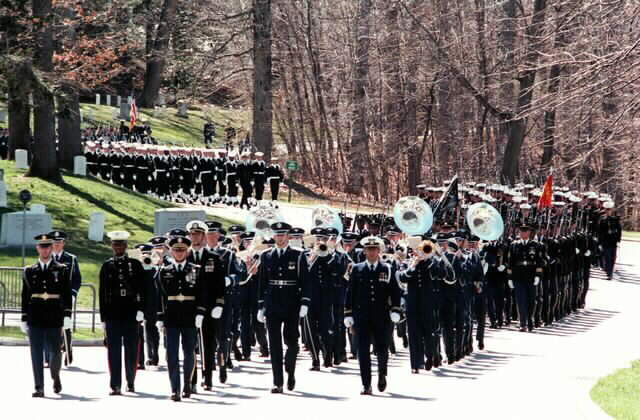
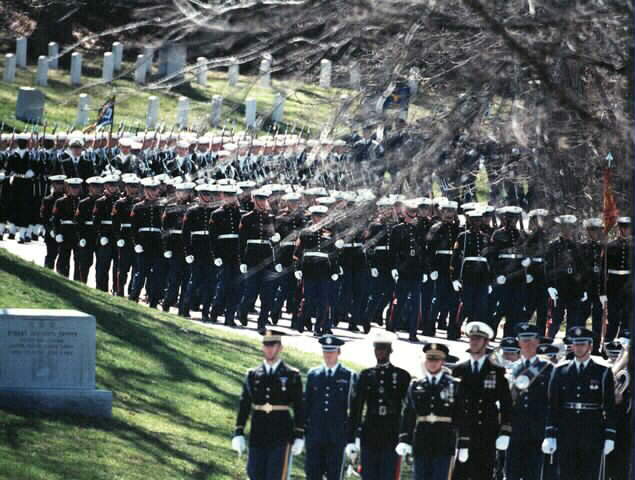
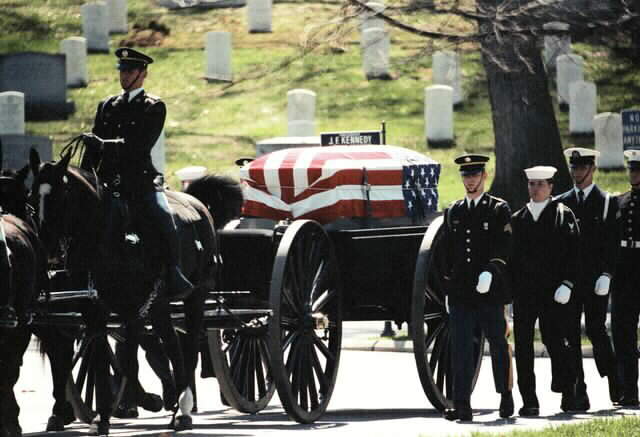
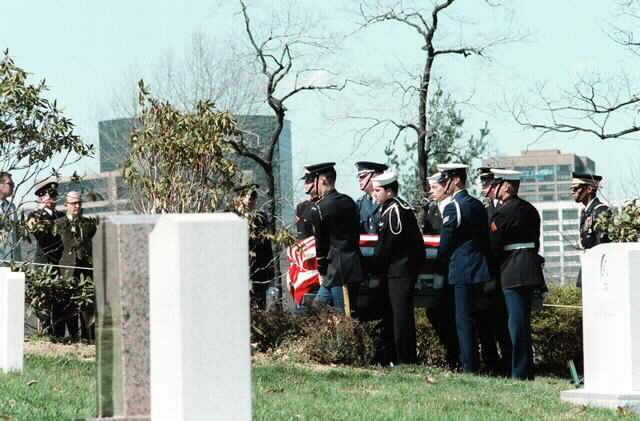
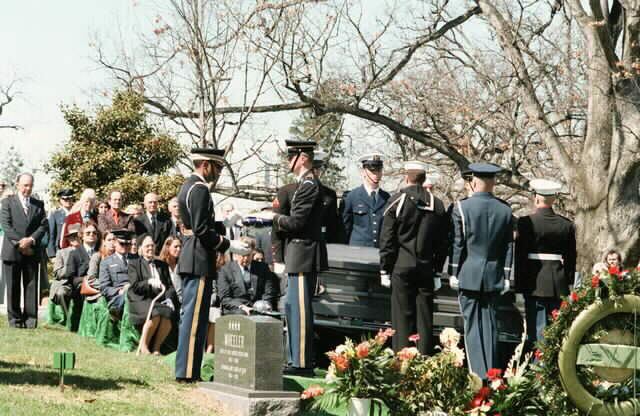
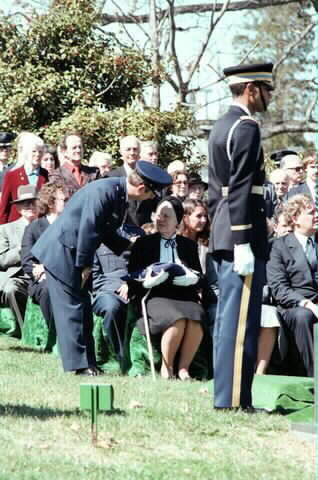
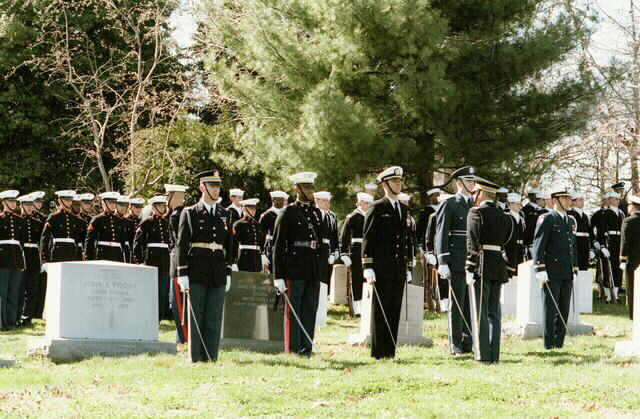
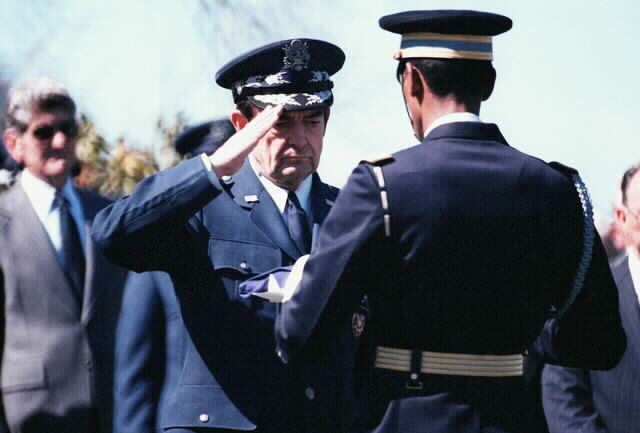
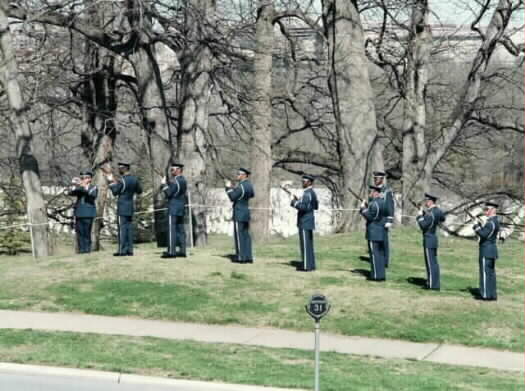
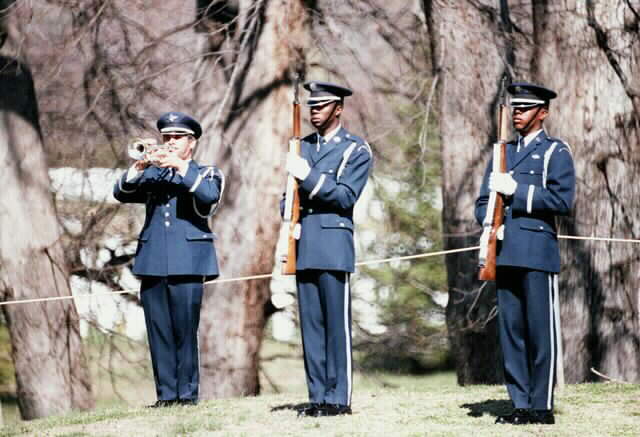
Twining, Maude M, b. 10/29/1907, d. 10/31/1999, Infantry, PVT, Res: Boerne, TX, Section 30, Grave 434-2, buried 11/22/1999,
Twining, Nathan F, b. 10/11/1897, d. 03/29/1982, US Air Force, GEN, Section 30, Grave 434-2, buried 04/01/1982, [VA]
Michael Robert Patterson was born in Arlington and is the son of a former officer of the US Army. So it was no wonder that sooner or later his interests drew him to American history and especially to American military history. Many of his articles can be found on renowned portals like the New York Times, Washingtonpost or Wikipedia.
Reviewed by: Michael Howard

